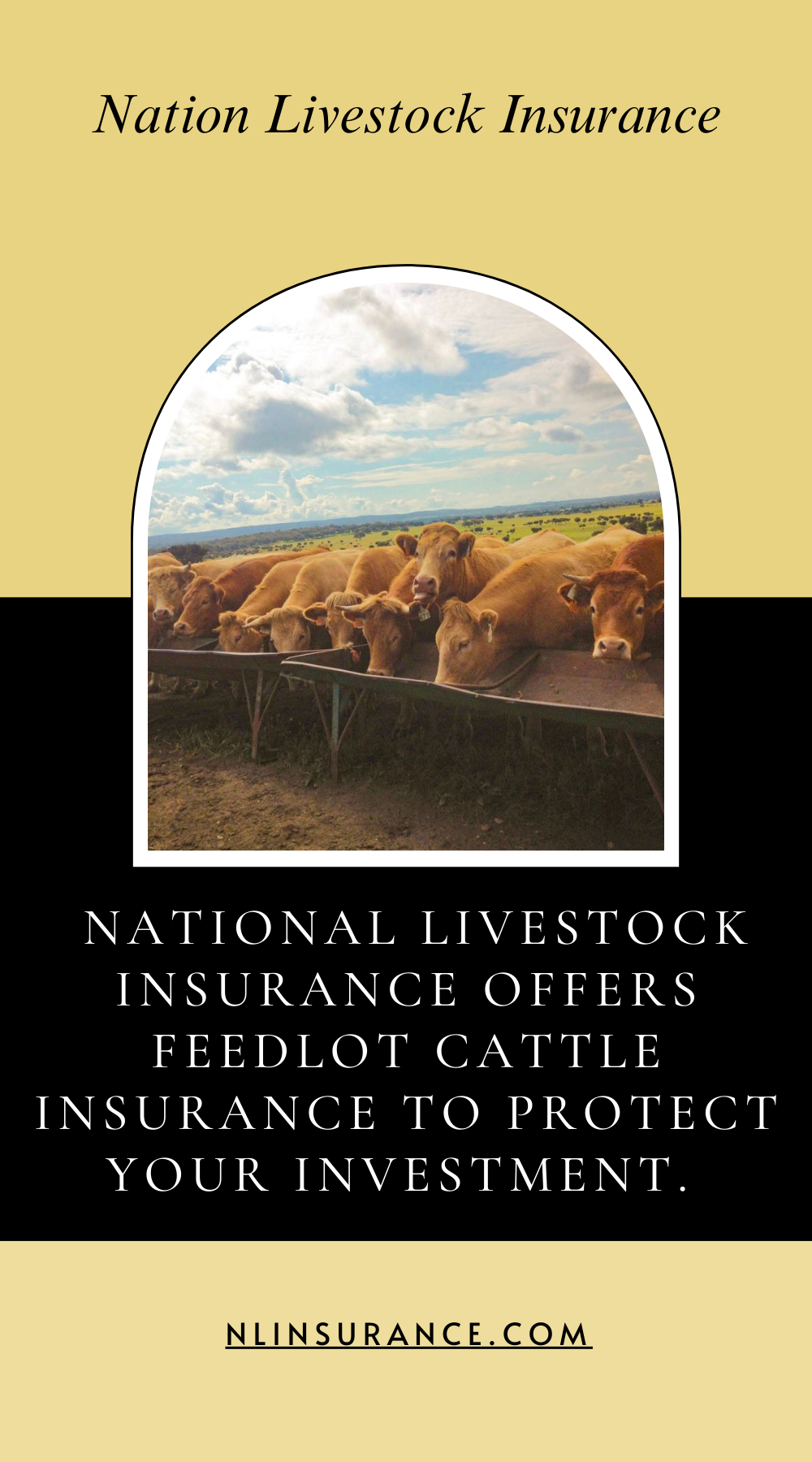Happy is tucked into the heart of the Texas Panhandle. The landscape here is vast and open with feedlots working under expansive skies and changing weather. Summers bring hot days and warm nights. Winters are unpredictable with snow flurries and occasional freezes. These swings in weather, combined with risks like fire flooding, theft and structural failures mean cattle feeders need reliable protection. That is what Feedlot Cattle Insurance from National Livestock Insurance offers. It covers cattle death based on a valuation schedule and handles losses from fire lightning windstorm flood drowning barn collapse theft vandalism and even smothering in rare blizzards. Optional riders are available for hypothermia contaminated feed or water and carcass removal. Veterinary treatment and illness are not covered.
Happy averages just over thirteen inches of rain per year broken into around eighty rain days. Summers routinely reach around ninety one degrees in July and August while winters occasionally dip to thirty two with light snow or frost. In fact January and February are peak snow months with about one inch total over both months. Rainfall tends to come in heavy bursts in midsummer, turning pens to mud and flooding trenches. These conditions threaten cattle health and safety.
Lightning storms during spring and summer are common and outright dangerous. A single bolt striking a metal feed bin or barn can kill cattle instantly. Strong winds can collapse structures or topple feed walls old windmills or fence lines, trapping livestock underneath. Even though snowfall is light, a sudden drift from wind can bury penned calves or thin feeder cattle and cause smothering.
All of this makes valuation‑based mortality insurance essential for any to feedlot cattle in Happy.
Your policy protects the death of covered cattle according to the valuation schedule. It pays you the current market value of each head that dies from one of the covered events. The valuation is not what you paid or what you might sell for; it is designed to match fair market replacement cost.
Fire or lightning strikes can burn barns or feeders. When that happens, cattle killed by the blaze or shock are covered. Windstorms blowing the roof off a shelter or collapsing a pen wall are named perils. Heavy rainfall flooding feedlot depressions can drown cattle or saturate bedding. Flood and drowning are covered causes. Wintertime smothering from drifted snow is covered even if snowfalls are rare . Theft or vandalism of penned cattle or feeders is also covered. Even building collapse from age or storm is included under the policy.

.png)
Hypothermia coverage steps in when sudden cold exposure kills cattle without any structure failing or blizzard. That might mean a flash freeze after warm days catching cattle unprotected. Contaminated feed or water cover loss of cattle that ingest algae overflow or toxins in troughs. Carcass removal helps pay to dispose of dead cattle and keep pens ready for reuse. These add-ons fill the gaps and help with costs you did not plan for.
In July a summer storm rolls in with lightning and brief heavy rain. If a barn or feed structure ignites, cattle loss is covered. In August a slow rain raises moisture and algae grows in water tanks. Cattle fall ill and die. If you add contaminated feed or water coverage you get paid.
Come October a fast windstorm topples an old barn wall. Cattle underneath perish. Coverage applies. A weekend cold front drops temps near freezing and sets young calves into hypothermia. Again optional coverage helps pay the loss.
In January a wind‑blown drift buries cattle in an open pen causing smothering. Even a small snowfall with heavy wind suffocates cattle. Coverage for smothering pays based on valuation schedule.
Careful management is critical. Keep drainage ditches open and pens tilted to shed water. Maintain clean water troughs after rain. Inspect barns and pens every season. Fix wiring and covers. Trailer livestock in well ventilated trailers with clean bedding. Records showing care help claims go smoothly.
If cattle die from a covered cause, call your agent immediately. Take clear photos of damage or pens. Gather veterinarian or field reports, weather reports and your cattle inventory. Adjusters experienced with High Plains feedlots evaluate damage and losses. Payments are made according to your valuation schedule. Optional rider‑based claims are added. Carcass removal fees are included if elected. Hartford's A+ financial strength means claims are paid reliably and quickly .
Whether your yard holds a few hundred head or thousands, coverage scales to your operation. You set the valuation schedule and pick riders that match your feeders needs. As you grow or seasons change, we help update your policy to keep coverage current.
National Livestock Insurance has provided livestock coverage since 1972. Our Amarillo team knows the Panhandle weather patterns and how feedlot operations work from Happy to Pampa to Amarillo. We will walk your yard, inspect pens, offer seasonal reminders about floods, cold or heat and help set valuation values. We work with feeders year round not just at policy purchase.
Cattle feeding in Happy means watching for storms, floods, wind, tornado remnants, heat, lightning, freezing, and even occasional snow drifts. Feedlot Cattle Insurance from National Livestock Insurance gives peace of mind that when cattle die from named causes you recover real market value. Optional riders cover cold stress feed and water contamination or carcass removal. With solid yard management and insurance in place when tragedy strikes you can recover fast. Our Amarillo agents walk your pens, help prepare your yard and get you paid promptly under The Hartford’s backing.
Call or email us today and let us build a feedlot coverage plan that protects your herd and business in Happy Texas. When the weather turns or cattle are lost you should not be left holding the cost.